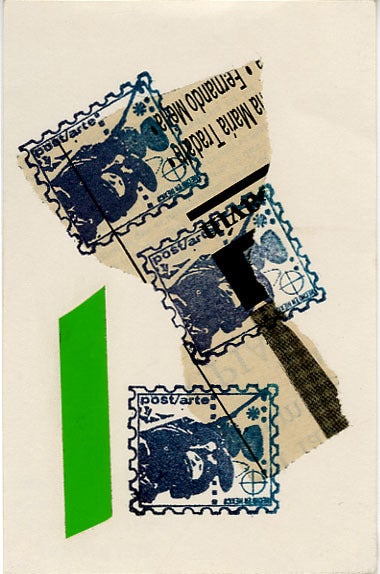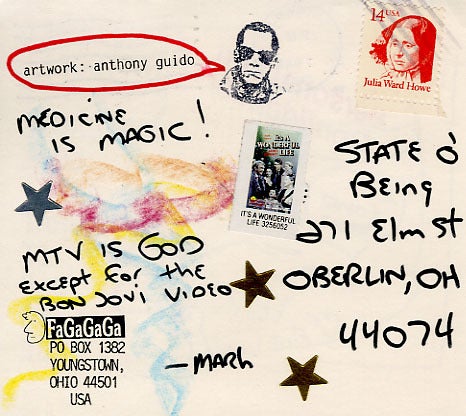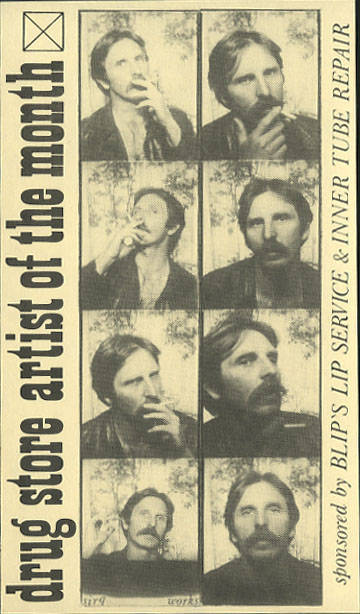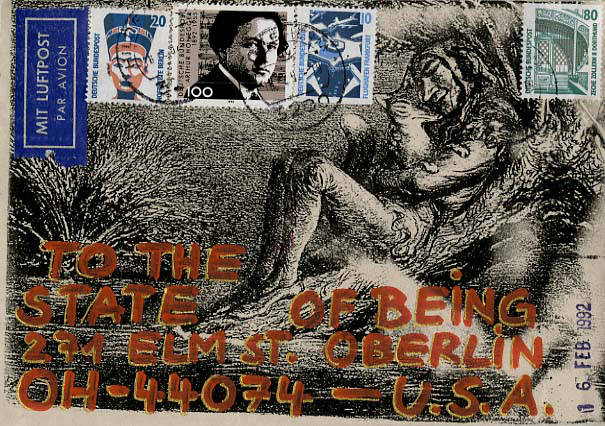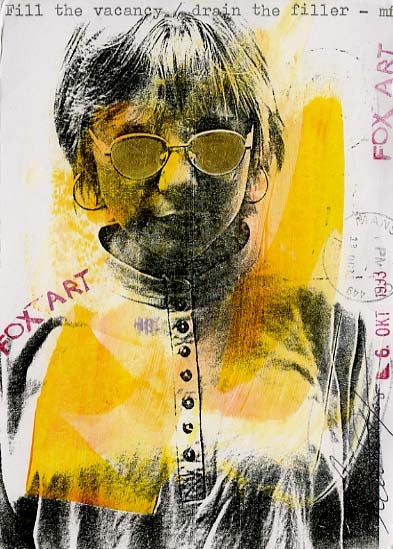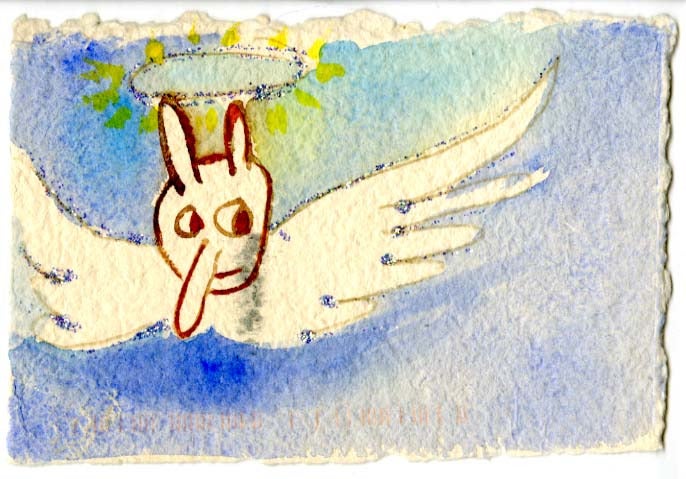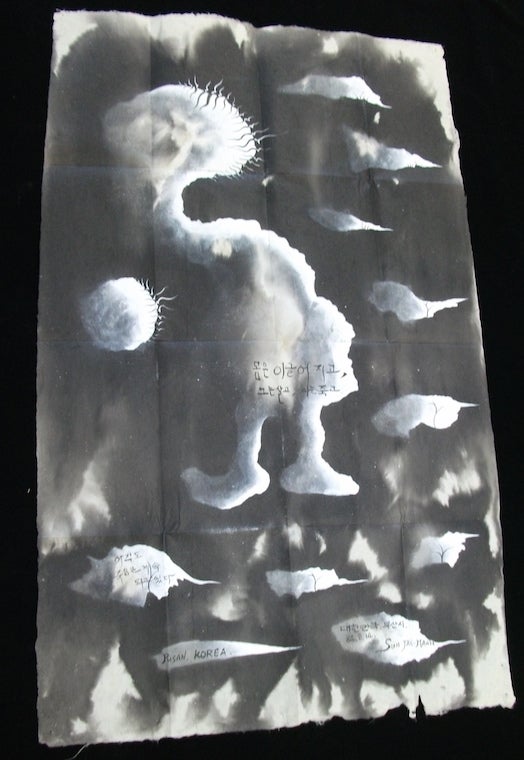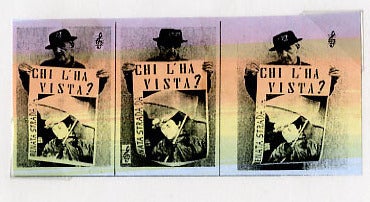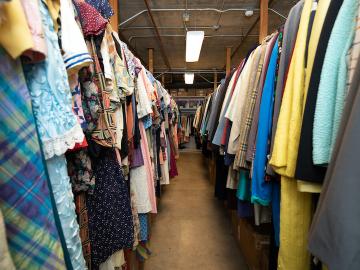Campus News
Mail Art
June 3, 2020
Amanda Nagy
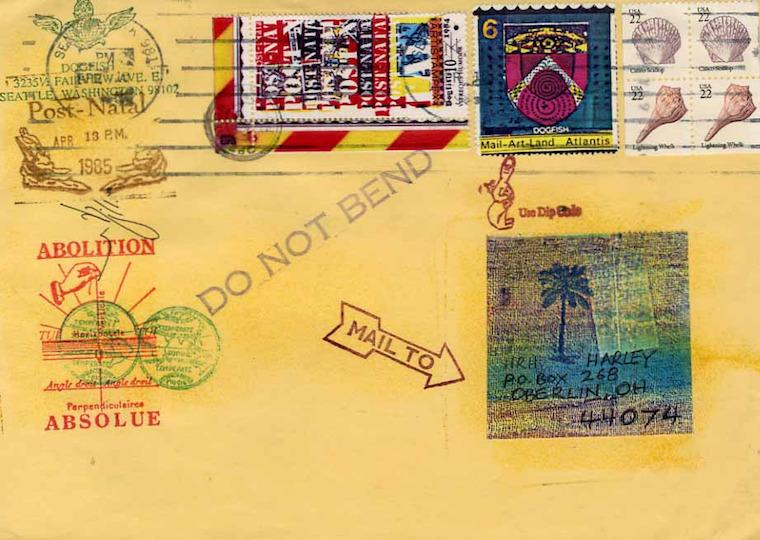
Photo credit: Artwork by Robert “Dogfish” Rudine, USA
A recent remote workshop given by the Clarence Ward Art Library and Special Collections introduced the Oberlin community to the mail art movement.
In this workshop led by art librarian Barbara Prior, participants learned about the history of how two avant-garde movements—Dada (1916) and Fluxus (1960s)—challenged art world norms and led to a community of artists building community and creating art that can’t be bought or sold.
Oberlin’s Mail Art Collection contains more than 25,000 works created from the mid-1970s to the present, by more than 1,800 mail artists from 60 countries. Of that number, approximately 300 pieces are available for viewing by appointment. The Mail Art image database contains a handful of images from most of these artists.
The workshop offered instructions on how to create and send mail art projects, and how to join an existing community or start your own mail art network.
Prior says the idea for a workshop highlighting Oberlin’s Special Collections was suggested by art history major Jenn Linn as a way to connect with Obies who are scattered across the globe.
“I selected mail art, and only then I realized that it’s particularly appropriate since it is a global network of artists who build community through the national postal systems,” Prior says. “Mail art is actually a useful model for creating and sustaining community in a pandemic. Who knew?’’
Photo Gallery
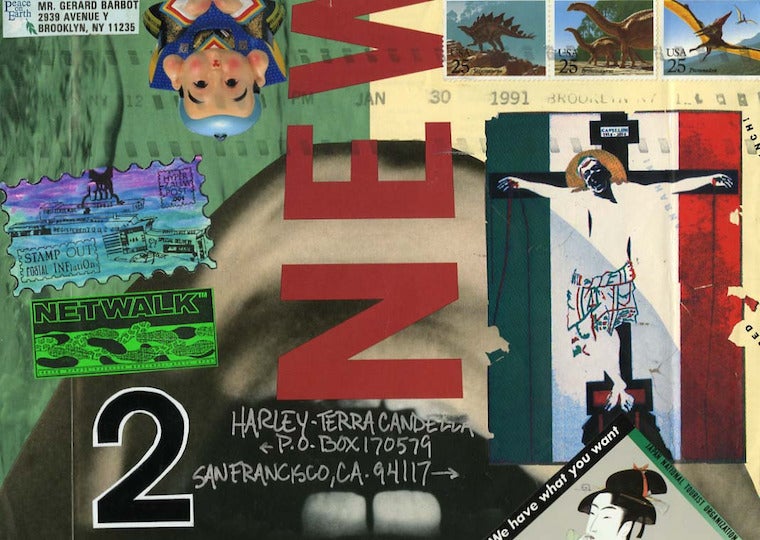
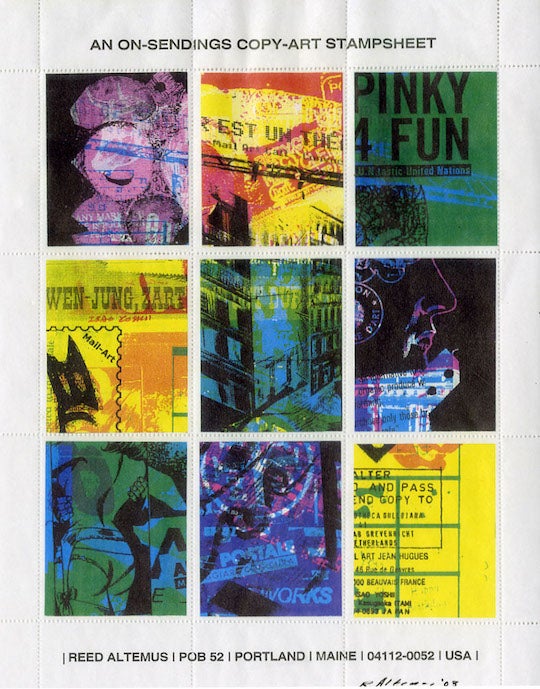
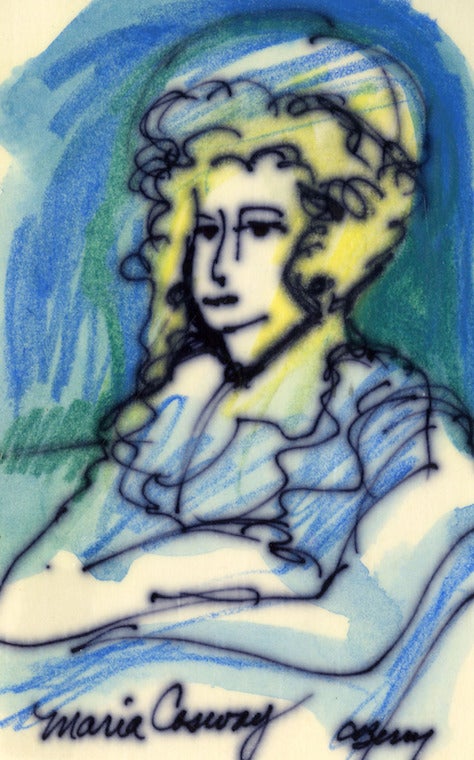
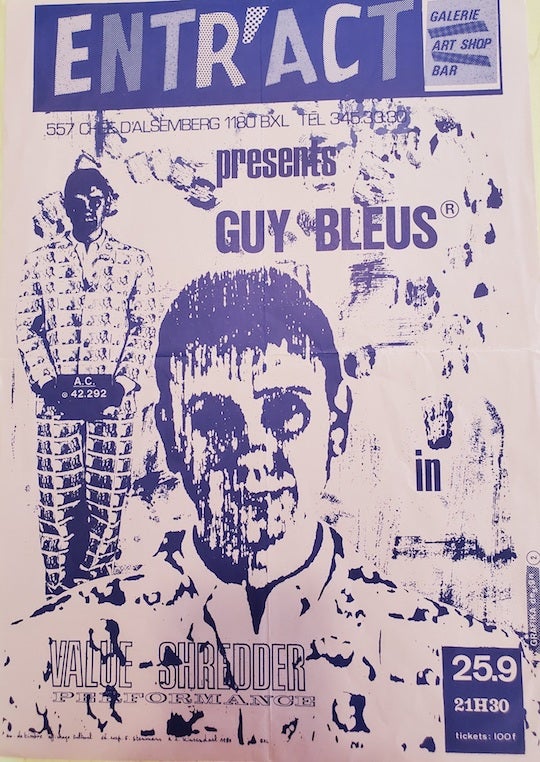
You may also like…
This Week in Photos: Inside, Looking Out
This snowy rearview look at Wilder Bowl and Mudd Center is through a second-story window in Peters Hall. Images in the This Week in Photos series give visitors a look through tall, arched, paned, and stained glass windows and into picturesque views of Oberlin's campus throughout the year.
Where Am I?
Some of the best spaces in Oberlin are the ones that invite visitors to sit and relax, explore, study, play, and gather. Can you guess the name of this space and where it is located?
Teaching in the New Normal: The Practice of Writing with Emily Barton
Students in Barton's course create a digital anthology that will live online indefinitely.
